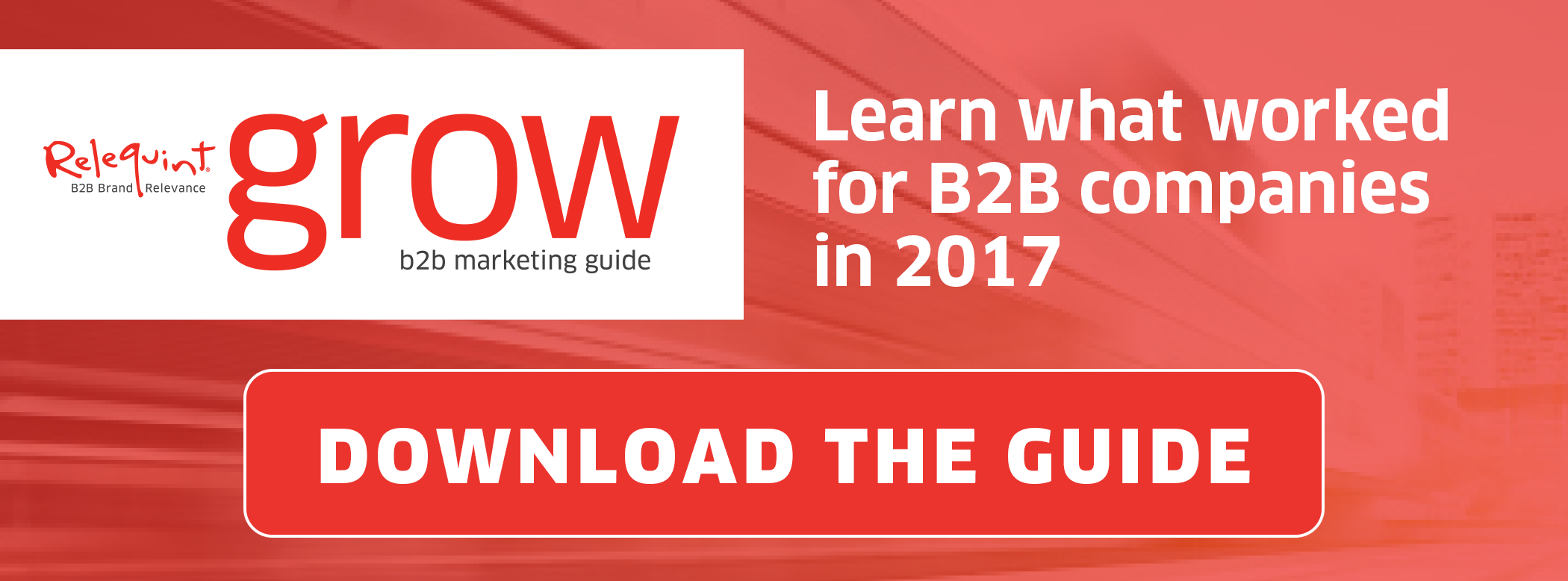 Credibility in the healthcare industry is critical, as it's one market where being on the cutting edge of information and technology matters most. But being a thought leader doesn't have to mean conducting a lot of research and publishing studies (although these activities will certainly help).
Credibility in the healthcare industry is critical, as it's one market where being on the cutting edge of information and technology matters most. But being a thought leader doesn't have to mean conducting a lot of research and publishing studies (although these activities will certainly help).
Instead, we see thought leadership as a way to harness the experience and passion of your team to deliver new ideas and authoritative answers to the questions your prospects are asking — and to establish yourself as a trusted brand when they’re ready to choose a solution.
4 Steps to B2B Healthcare Thought Leadership
Here's what you need to impress discerning readers in the professional healthcare market:
- Be Confident in the Value of What Your Company Offers. Your company is an expert at what it does; otherwise, it wouldn't be in business. Even if you think there's too much content in your company’s specific niche, you have your own take on the trends and challenges of the industry. Being a leader starts with confidence in your knowledge and expertise.
Don't be afraid to be imaginative, or to differentiate from the norm. Some may criticize, but as long as you speak from experience, with facts to back up important assertions, you can be fearless. - Produce Plenty of Quality Content. Thought leadership comes when you build an audience of regular readers, not from delivering a single groundbreaking piece. Whether you're writing a fresh perspective on a topic, sharing the results of an industry study, or discussing a thought piece from someone else in the industry, the idea is to create meaningful content on a regular basis.
There's plenty of room for regular content producers in the B2B healthcare space, too, as only 58 percent of healthcare marketers are using blogs, compared to almost 75 percent of all other marketers. Once you have a steady stream of content, you'll build a base of active readers who will start looking forward to your next installment. - Push Boundaries. The healthcare landscape is constantly changing and new innovations are always underway, so spend some time highlighting what your company is doing to improve patient outcomes, cut costs, save time, or simplify procedures.
On top of that, don't be afraid to step outside of what's happening now and speculate about the future. Has a new study or scientific development been released? How might your niche, or the healthcare industry in general, benefit or change in the future? Are there new technologies in other sectors that could lend themselves to healthcare? New things that could be problematic?
When producing content about healthcare, you must note when you’re just hypothesizing, but that doesn't mean you shouldn't do it. When your readers see that you’re thinking about the future and the changing nature of healthcare, you'll be seen as a leader. - Leverage Professional Communities. LinkedIn is always a great place for professionals to make connections and participate in discussions with like-minded people. Social media might seem like a better choice for B2C healthcare marketing with the opportunities to directly reach patients. However, don't forget that more than 4 million healthcare professionals — including key decision makers — are on LinkedIn.
Groups such as National Association for Healthcare Quality have tens of thousands of members waiting for someone to start new conversations, join discussions, answer questions, and provide information about common solutions to problems. Take a look at the current LinkedIn healthcare groups, or be a trailblazer and start your own.
There are also countless professional communities outside of social media to join online and off that will help build your audience even more. From small groups of highly targeted people to broad communities like Interactive Practitioner, these groups not only give you a place to lead conversations, but also do a lot of active listening to discover new things to talk about.
Leading Into the Future
Establishing your company as a leader in the B2B healthcare industry takes time and persistence, but your efforts will be rewarded. When your audience has a chance to see what you're researching, what you're talking about, and what you think about the research and discussions of others, they'll also gain confidence in the solutions that your company provides.![]()







 By
By 
